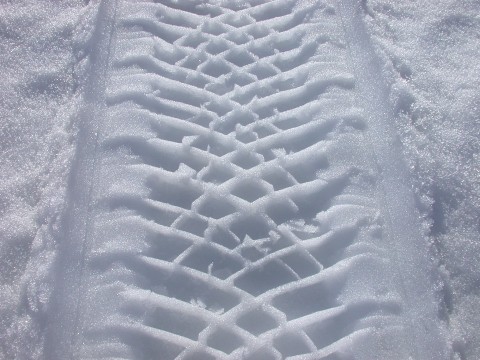For me, it comes down to weight and space.
I think if your driving around in the winter, spring, or late fall a set of good studded snow tires is a good bet. You have ice traction from the tire at all time, not just when the chains are on. The tires can then be aired down for use in deep snow. This adds very little to no weight to your vehicle, but it is a trade off in the cost of a spare set of snow tires and/or wheels.
A set of chains adds about 75-100lbs. That is a good deal of weight, and generally is hard to store.
Also, most of the times you find you need chains is AFTER you have already had problems on ice. Slip, slide, then pull over and maybe put on chains. In general most people will not put on chains until AFTER they really need them.
I have always found that airing down works in the snow. I have been all over Washington, Oregon, Idaho, Montana, and now Colorado. Maybe its a combination of other things I am doing and my driving style, but I have never been in a situation ( knock on wood ) that I have wished for chains. I have however been in a good deal of situations where I have been with people running chains and wished they would remove them immediately and drop there air pressure. I am also not talking about airing down to 10psi, we run between 2-5psi for most snow trips. 10psi can help a lot, but the real magic starts to happen in the low single digits.
I have heard stories of people being out with large groups where snowy hills, after many people have had problems turned to ice, resulting in situation where chains ended up working well for people. I don't tend to go out with large groups so I have not had this problem myself. My middle of the road solution to this would be a set of studded snow tires, most likely heavily sipped and softened with tire treatment.
Again, this is my opinion, please do whatever feels comfortable for you.

